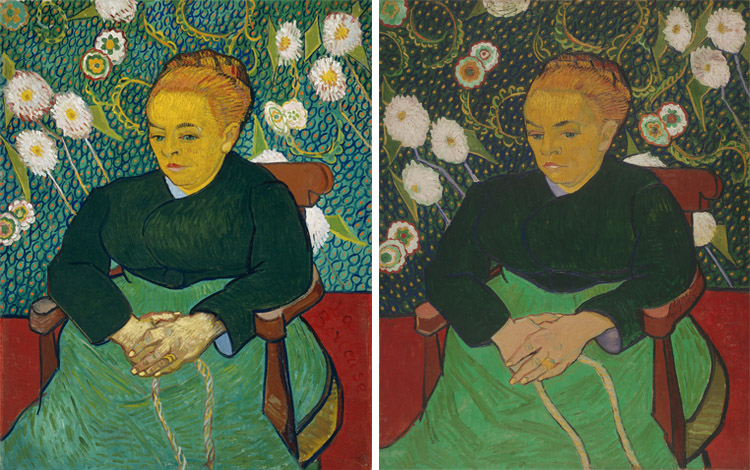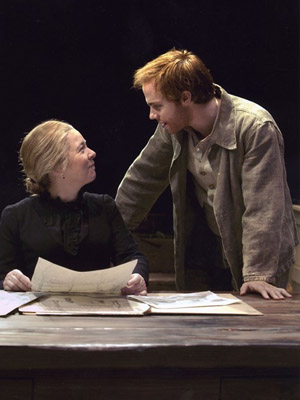On October 27, artist Pedro Lasch will premiere his work Abstract Nationalism/National Abstraction: Anthems for Four Voices at The Phillips Collection as part of the International Forum Weekend in Washington. In this audio-visual performance, national anthems of specific countries are sung in the language of the country listed alphabetically after it in the World Almanac.
In a six part blog series, Curatorial Intern Lauren Reuter asks the artist about this work and how it fits into the Phillips, art, and politics.
What is Abstract Nationalism? How does it relate to The Phillips Collection?
Abstract Nationalism is a combination of social practice works, traditional art objects (paintings, drawings, sketches) as well as musical compositions. States and nations are very ceremonial; there are all sorts of rituals associated with nationalism. That all becomes the raw material for the artwork. We developed it specifically for the Phillips, though it had been conceived many years before… it’s site specific in a sense. We wanted to do something with both the really beautiful and powerful visual and architectural dimensions of the Phillips—including the Music Room—but also with its proximity to Embassy Row. We wanted to incorporate the music from national anthems, the kinds of fabric flags you see hanging all over Embassy Row, and a contemporary performance dimension for the Phillips.
In my first meeting with Vesela [Sretenović, Senior Curator of Modern and Contemporary Art], it became clear that this was an opportunity to do something new, something specific to the Phillips. So this version that is performed, executed, and produced for the Phillips has never been performed or executed anywhere. The inspiration is the Phillips building, its collection, its artwork. It’s also what the Phillips is trying to do with contemporary art on an international level, it’s conversations with Vesela, it’s basically the idea of Washington and what Washington can offer culturally.

Pedro Lasch, Schematic Scores, Flag Fusions and Visual Props from Abstract Nationalism & National Abstraction (2001/2014)
In this performance, we focus on Washington as an internationally recognized site of global power and diplomatic relations. It’s an exchange: sometimes tension, sometimes happy conversation. The idea that one staff member from an embassy in Washington can just walk across the street and work out some agreement with someone from another country’s embassy. That doesn’t happen in New York, except for the United Nations, but culturally it doesn’t happen in New York.
Remember, the title is Abstract Nationalism & National Abstraction. Politicians abstract the idea of war, branches of government—these are all abstract constructs. But when you’re in an art context, people think exclusively of abstraction as “Oh, three bands of color” like we see in flags or an Ellsworth Kelly painting. This project aims to make these two types of abstractions inseparable, and to explore the whole range of abstract ideas. And that includes the audience, how we think of audiences and how audiences think of themselves. An extreme abstraction tells you, “I’m an American.” Period. That’s an extreme abstraction, and half of the time, unworkable, too rigid. From that abstraction, you can actually make nicer, more refined abstraction. Say you’re an American who speaks German who studies art history. These are still abstractions, but they create what I think is a nicer abstract painting that makes us all different, yet able to use these abstractions without locking ourselves into rigid forms.



